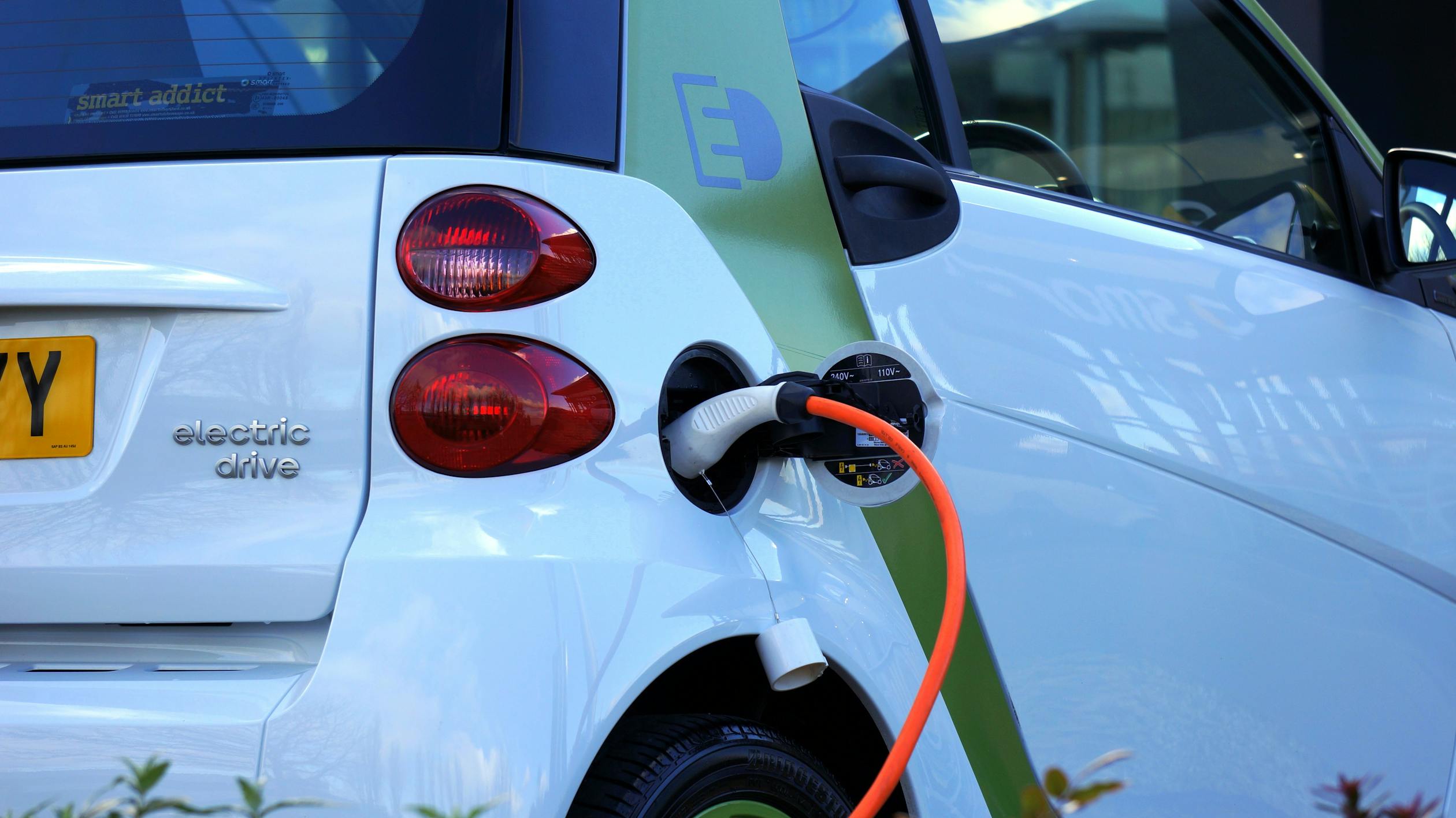
EV Charging in Strata Buildings - Comprehensive Guide for Australian Committees and Owners
· Nathan Croxton · 7 min read
The shift towards electric vehicles (EVs) is accelerating across Australia. By 2030, EVs are forecast to account for 30–50 percent of new car sales—and apartment-dwelling residents won’t accept living without convenient charging at home. For owners’ corporations and committees, installing EV charging points involves technical, financial and legal considerations. This guide unpacks the essentials: from load balancing and high-current appliances, to safety, scooter/ebike parking, cost examples and converting visitor bays for shared use.
Why EV Charging Matters in Strata
- Tenant and buyer demand: Modern residents expect EV-ready buildings. A lack of charging can affect occupier satisfaction, resale value and rental premiums.
- Sustainability credentials: Offering infrastructure for low-emissions vehicles underlines your commitment to environmental performance.
- Future-proofing: Retrofitting common areas later can be much costlier than installing basic “backbone” capacity now.
1. Understanding Electrical Demand in Strata Schemes
Most strata developments were wired decades ago without EV charging in mind. Typical 3-phase mains supply per building is shared among:
- Lighting and HVAC
- Hot water systems
- Lift motors and pool pumps
- Kitchen cooktops and ovens
- EV chargers (new load)
A single Level 2 charger can draw 7 kW–22 kW continuously (30 A–90 A per phase). By comparison, a modern electric cooktop can demand up to 7 kW on a single circuit. Without planning, simultaneous high-draw devices can overload switchboards or trigger nuisance tripping.
Key actions
- Capacity audit: Engage a qualified electrical engineer to assess switchboard, sub-main and meter capacity.
- Load profile study: Map out current peak loads (e.g. morning cooktop use; afternoon HVAC) to identify headroom.
- Upgrade vs. manage: Decide whether to boost supply (e.g. add another incoming feeder) or install smart load management.
2. Load Balancing & Smart Management
Rather than simply upsizing cables, many buildings leverage load-balancing or load-sharing systems. These allocate available power dynamically across multiple charging points, ensuring total draw never exceeds a preset threshold.
- Static reservation: Each car is allocated a fixed power share (e.g. 7 kW each).
- Dynamic allocation: Power is shifted from idle or low-priority stations to active chargers.
- Time-of-use scheduling: Charges are prioritized in off-peak tariff windows (e.g. overnight) to reduce utility bills.
Benefits of load balancing:
- Avoids expensive main supply upgrades
- Enables more chargers per switchboard than otherwise possible
- Protects against nuisance tripping when cooktops or other appliances run
Tip: Look for systems with remote monitoring and user interfaces so strata managers can track usage, set priorities and bill accurately.
3. High-Current Appliances & Co-existence
Apartment kitchens often contain electric cooktops, wall ovens or instant-hot water systems, all of which draw significant current. To prevent competition:
- Circuit segregation: Keep EV charger circuits separate from major appliance circuits.
- Smart interlock: Some load-management solutions integrate with kitchen or HVAC loads to shed non-critical loads if total draw is about to exceed safe limits.
- Tenant education: Advise residents on peak cooking times vs. charging schedules to smooth demand.
4. The Extremely Low Risk of EV Charging
Despite myths around fire hazards, data shows EV charging has a minimal risk compared to everyday appliance faults:
- EV chargers are installed by licensed electricians to AS/NZS 3000 and relevant EV-charging standards.
- Charging cables include ground-fault detection and over-current protection.
- Most EVs incorporate onboard thermal management to prevent overheating.
Fact: Insurance and fire authorities in Australia have not recorded a significant increase in residential fires attributable to EV chargers. Proper installation and regular maintenance keep risk extremely low.
5. Portable Scooters, E-Bikes & Safety Considerations
Many residents also own electric scooters or e-bikes, which have much smaller batteries (0.5–2 kWh) and draw under 1 A at 240 V. While their charging needs are negligible next to cars, there are important safety and obligation factors:
- Fire safety: Scooter and e-bike batteries can pose fire risks if damaged or overcharged. Encourage residents to use approved chargers and avoid charging unattended overnight in hallways.
- Dedicated lockers or charging cabinets: Provide secure, ventilated lockers with built-in sockets—kept behind lockable doors—to contain any battery malfunction.
- Resident obligations: Require owners to register their micromobility devices with strata, declare charger type and battery capacity, and agree to using only designated charging points.
- Clear by-laws: Update by-laws to specify approved charging locations, equipment standards and responsibilities for any damage caused by improper charging.
Note: While this guide focuses on car chargers, a planned, building-wide approach should include scooter and e-bike provisions to prevent ad-hoc, unsafe setups.
6. Cost Considerations & Example Costs
Costs vary based on building size, site conditions and desired features. Below are ballpark figures for a typical Australian apartment block:
| Item | Cost Range (AUD) |
|---|---|
| Electrical capacity report & feasibility study | $3,000 – $7,000 |
| Single Level 2 charger (wallbox) + basic install | $1,500 – $2,500 |
| High-capacity charger (11 kW–22 kW) + install | $3,000 – $5,000 |
| Load-management hardware per bay | $800 – $1,500 |
| Switchboard upgrade (additional phase or feeder) | $10,000 – $25,000 |
| Smart billing & software integration (per bay) | $200 – $400/year |
Example scenario: A 30-unit building wants 4 shared chargers with load balancing:
- Feasibility and design: $5,000
- 4 × $3,000 chargers: $12,000
- Load manager: $4,000
- Switchboard upgrade: $15,000
———
Total: ~$36,000
———
Recovered via a special levy of $1,200 per lot, or included as a line item in quarterly levies over 5 years.
7. Converting Shared Spots (Visitor Bays)
Visitor parking bays can be repurposed for shared EV charging:
- By-law review: Check if visitor bays are classified as common property—committee approval is required for conversion.
- Signage & access control: Use RFID fobs or payment apps to ensure only EV users access the charger.
- Metering: Install a sub-meter on the feeder to visitor bay to allocate electricity costs fairly (either via quarterly levies or pay-per-use).
- Separate infrastructure: Run a dedicated sub-circuit to the bay to avoid interference with other common-property loads.
Benefit: Resident owners don’t have to use their own parking bays for charging—reducing conflicts over personal car spaces.
8. Legal & Compliance Framework
Committee Approval & Voting
- NSW: Under the Strata Schemes Management Act 2015, EV charging is “sustainability infrastructure.” Most upgrades require a simple majority—not a special resolution—if costs are reasonable and improvements are sustainable.
- VIC & QLD: Similar provisions exist, though very high-cost projects (> $30,000) may require special resolutions (75% vote). Always check your state’s strata legislation and your scheme’s by-laws.
Electrical and Fire Safety
- Installations must comply with AS/NZS 3000 (Wiring Rules) and AS/NZS 3018 (EV charging standard).
- Licensed electricians must provide a Certificate of Compliance on completion.
- If switchboard or meter-room changes affect fire escape routes, a fire engineer may need to assess egress and heat loads.
9. Funding & Incentives
- Special levies: Owners agree to a one-off contribution.
- Strata loans: Some banks now offer green-loan products for renewable or efficiency upgrades.
- Government rebates:
- Victoria EV Charging Grants: Up to $1,000 per charger for multi-unit dwellings.
- Federal State of Charge Fund: Co-funding for communal charging hubs.
Tip: Encourage owners to apply individually for rebates on their private chargers as well—stacking savings.
10. Step-by-Step Implementation
- Gauge resident interest (survey or Expression of Interest)
- Obtain quotations from accredited EV-charger installers and electrical engineers
- Conduct feasibility & capacity study
- Draft proposal including technical scope, costs, funding model, by-law changes
- Committee meeting: Present findings, vote on approval and funding mechanism
- Update by-laws (if required) to clarify installation, billing and maintenance responsibilities
- Installation phase: Engage electricians, IT/network for smart management, signage supplier
- Go-live: Commission chargers, train residents on access apps and usage etiquette
- Ongoing maintenance: Schedule annual inspections, software updates for billing and load manager
11. Planned, Holistic Approach vs. Ad-Hoc Installs
Rather than letting individual residents install chargers as needed—which can lead to:
- Inconsistent equipment standards
- Uncontrolled load on switchboards
- Complicated billing and metering
…take a planned, building-wide approach. Designing your EV and micromobility infrastructure together ensures all chargers, load-management systems and billing modules work seamlessly, reduces future upgrade costs, and maintains aesthetic and operational consistency.
12. Future-Proofing Your Building
- Spare conduit capacity: Run extra empty conduit runs when doing switchboard upgrades to save on trenching later.
- Modular switchboards: Opt for switchboards that allow extra breakers or phases to be added without major rewiring.
- Scalable software: Choose management platforms that let you add bays and users seamlessly as demand grows.
Conclusion
EV charging is no longer a luxury—it’s a necessity for strata properties aiming to stay competitive, sustainable and resident-focused. By carefully planning around load balancing, co-existing with high-current appliances, incorporating safety considerations for e-bikes and scooters, and converting shared bays, committees can deliver a reliable, cost-effective charging solution. A holistic, planned approach avoids the pitfalls of ad-hoc installs and guarantees that all equipment works together harmoniously—now and into the future.
Ready to electrify your strata? Start by surveying your residents and commissioning a capacity report. Then work with trusted consultants and your owners’ corporation to bring EV charging home.



